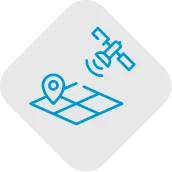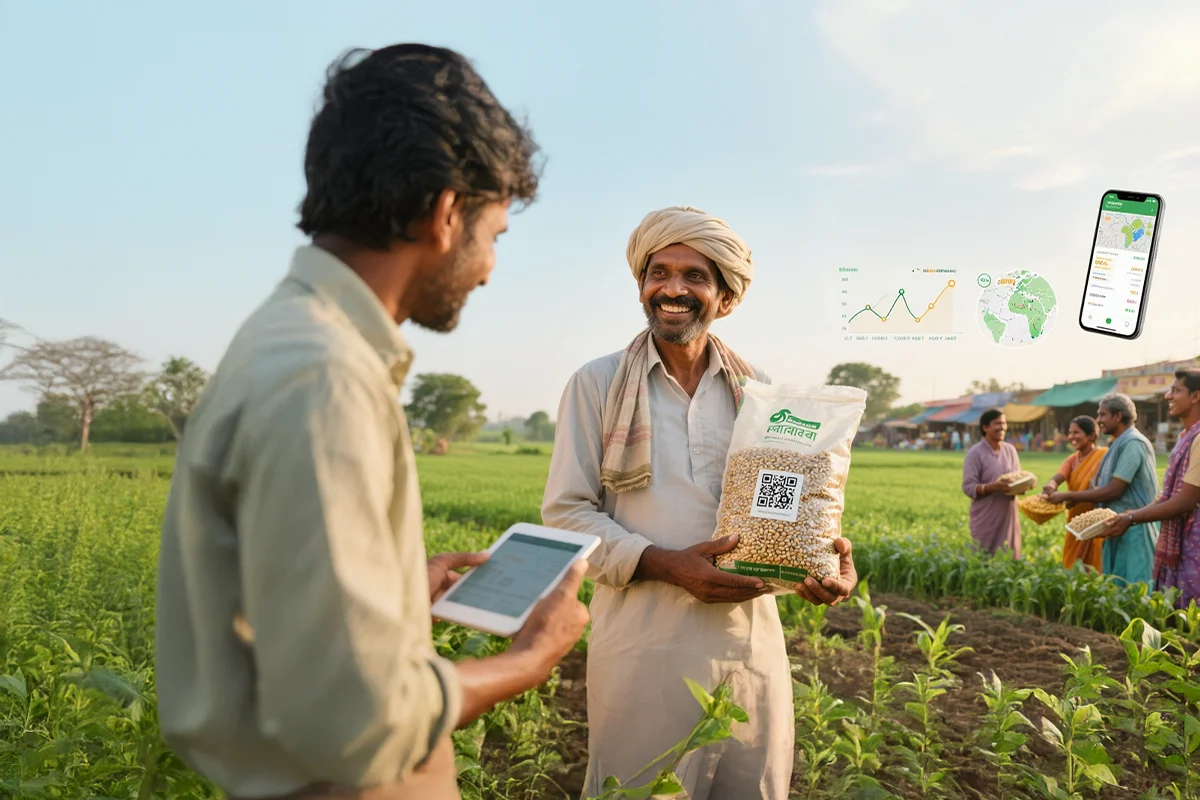Why is it important to have seed marketing?
Demand comes into the limelight in seed marketing
Role of Agtech in improving seed marketing
As a seed is the key to crop production, compromised seed practices threaten farmer livelihoods, food security, and sustainable agriculture. Smart farming solutions provide the option to tag seed varieties with QR codes that validate their genetic qualities. QR coding helps seed companies easily adhere to compliance norms as the coding process serves as standalone proof and controls counterfeiting and adulteration. It provides end-to-end traceability to seeds, assuring farmers about their origin, quality, varietal purity, germination percentage, etc. Agtech solutions adopted by these companies also find use to impart knowledge on best practices to farmers, which improves productivity and helps gain farmer loyalty.
Digital farming can assist in highlighting best practices to farmers in demo plots and monitoring them to ensure optimum yield and quality. The outcomes and data from demo plots can serve as evidence to convince farmers to adopt innovative practices and bring more growers and areas under cover. The solution can register all the farmers who attend demos. Seed manufacturers can use this information to engage with such farmers efficiently, which can simultaneously serve as an opportunity to convert these farmers to buyers through constant engagement.
Developing a focused sales strategy for seed companies with Cropin BI

Geo-tag sales point
To create visibility of regions having high and low demand and Manage targets through remote sensing-driven crop detection

Pull strategy
QR code-based validation of seeds quality and imparting modern agriculture knowledge on best practices to improve farmer productivity and develop brand loyalty

Demo plots
Monitor and demonstrate best practices for optimum yield and quality

Push strategy
Publish/push the impact metrics to the farmer database from demo plots to convert customers

Information sharing
Customize and market product information to farmers and share information on upcoming events with farmers

Traceability for risk management
Identify the area of concern like parent seeds, practices, right seeds








